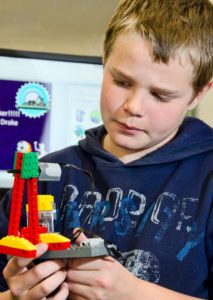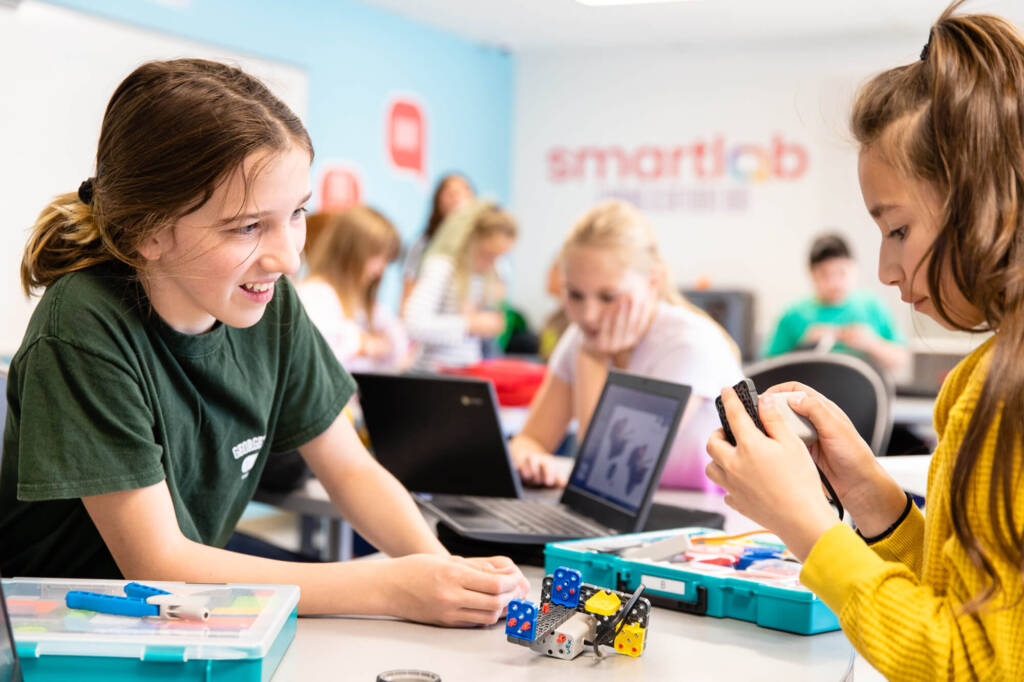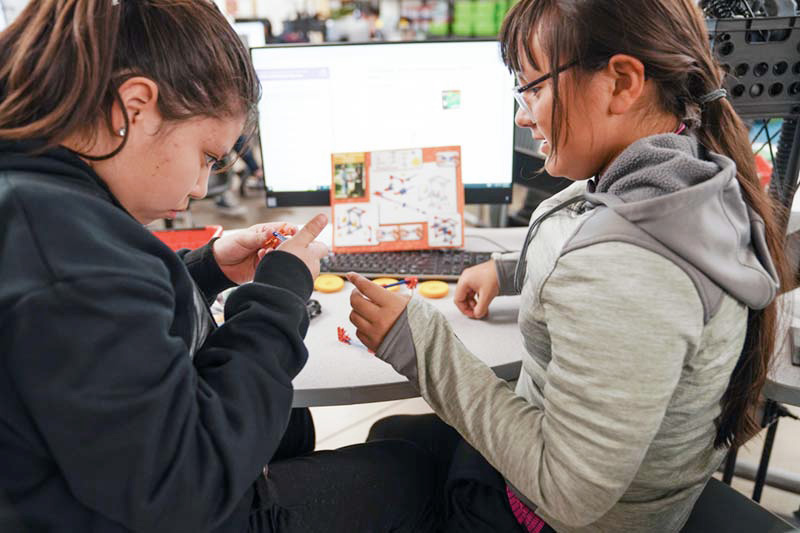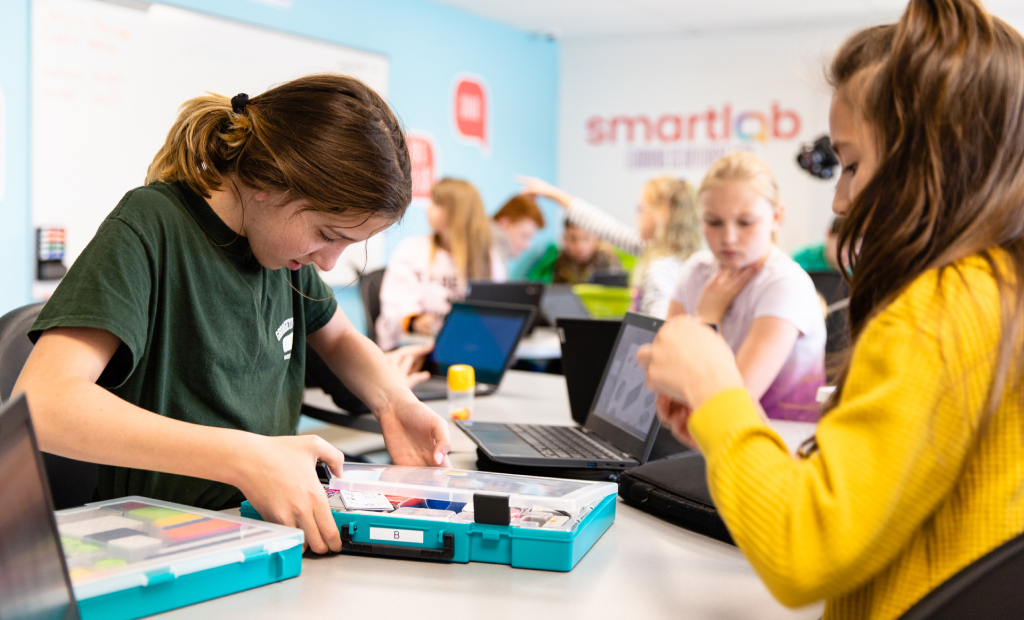Best Practices for Robotics STEM Activities in Kindergarten

“Children need to actually touch, manipulate, and experiment with objects in order to fully understand them. Robots bring this physical interaction to the potentially intimidating process of understanding engineering and programming.”
This excerpt from eSchool News reiterates our belief that robotics are a great platform for learning at any age. Particularly, they’re helpful for kindergarten students because robots are hands-on, problem-solving activities that promote abstract and sequential thinking skills.
When selecting a robotics system for kindergartners, consider:
- Programming logic that has highly simplified, step-by-step functions (e.g., forward, backward, turn, distance in simple units)
- Programming interface that features large, intuitive buttons
- Integrated sensors that perform simple functions (e.g., follow a line, stop at a wall)
- Durability made for classroom use
- Affordable for a full-class set (we ensure every two learners have one robot)
- Articulates with other robotics systems for later elementary grades
Here, we test and evaluate numerous robotics systems and select ones that ensures the principles of robotics and control technology articulate from kindergarten to high school.




